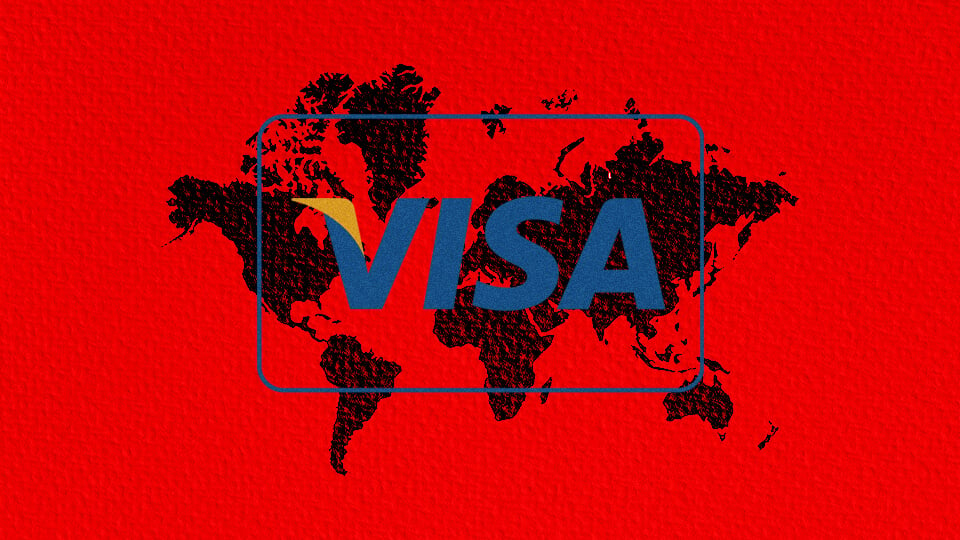
Last week Visa announced its plans to launch a foundational transactions network that promises to allow cross-border, cross-tech monetary transfers at scale and at speeds similar to current credit card payments – which is tens of thousands per second. The novelty is that it’s designed to be agnostic to currency geographies, currency types, or technologies.
It’s called Visa Universal Payment Channel (UPC), and the company says that once deployed it will remove virtually all friction between monetary transfers. So, if you’re in Australia and want to send your mother in the U.K. an amount of the cryptocurrency Cardano via Visa UPC, it can be converted into her desired currency – let’s the British pound – before it hits her decentralized wallet that runs on Ethereum.
That exact transaction trajectory would be difficult to execute right now, but Visa says its UPC will be able to handle it – and thousands of others – in seconds. In a corporate blog post, Visa predicts that the number of currencies and methods of exchange will only increase in the future:
Sponsored
“As the number of digital currency networks increases — each with unique design characteristics — the likelihood that consumers, businesses, and merchants are transacting on the same network and utilizing the same type of money decreases.”
The company saw the need for an interoperable financial backbone that runs beneath all blockchains, traditional finance, and central banking systems to harmonize the different cascades of currencies into a single ecosystem that enables users to transact on their terms. This graphic depicts how the network will likely look with the Visa UPC at the hub.

Visa maintains that its UPC hub will connect different economies, geographies, and blockchain networks by establishing dedicated payment channels between them. It’s positioning itself as the penultimate network that will seamlessly add new, trusted blockchains to its “network of networks” by creating new payment channels within the UPC hub.
The Visa announcement says it’s not just about cross pollination of currencies via any technology and network – it’s also about speed. They accurately point out that modern credit, debit, and remittance networks handle tens of thousands of transactions per second, however, the largest crypto blockchains – Bitcoin and Ethereum – can barely manage a fraction of that volume. To speed things up, UPC’s specialized payment channels would be off-chain while simultaneously communicating with on-chain smart contracts, delivering high transaction throughput securely and reliably while improving speeds overall across blockchains. It’s almost like taking a high-speed detour around traffic tie ups.
Sponsored
While this development seems to be a good way to drive mass adoption and normalize cryptocurrencies, the Visa announcement bent over backwards talking about how it will be perfect for central bank digital currencies (CBDC), which are basically un-encrypted fiat dollars produced by those same central banks. Visa seems to be playing to this government-focused audience to spur CBDC adoption and reduce reluctance for creation of digital reserve currencies. We’ll have to wait and see what this means for the rest of us crypto hodlers.
On The Flipside
- We need to proceed with caution here, because in one fell swoop Visa just designated itself as the supreme, unifier of all networks. The UPC places all blockchains, banking, and financial on a subservient level to Visa.
- Visa will be the intermedius maximus if this gets widely adopted.
- This is an ambitious attempt to commandeer and centralize blockchains through a massive, innocuous power grab. Don’t be fooled.
Why You Should Care?
Remember it was mismanaged monetary policy, predatory lending practices, reckless legislative spending, and hypocritical bailouts for Big Banking and Fat Financing that sparked the creation of Bitcoin following the global economic meltdown in 2008. Do we really want to subjugate blockchain and crypto to the same power barons again???

